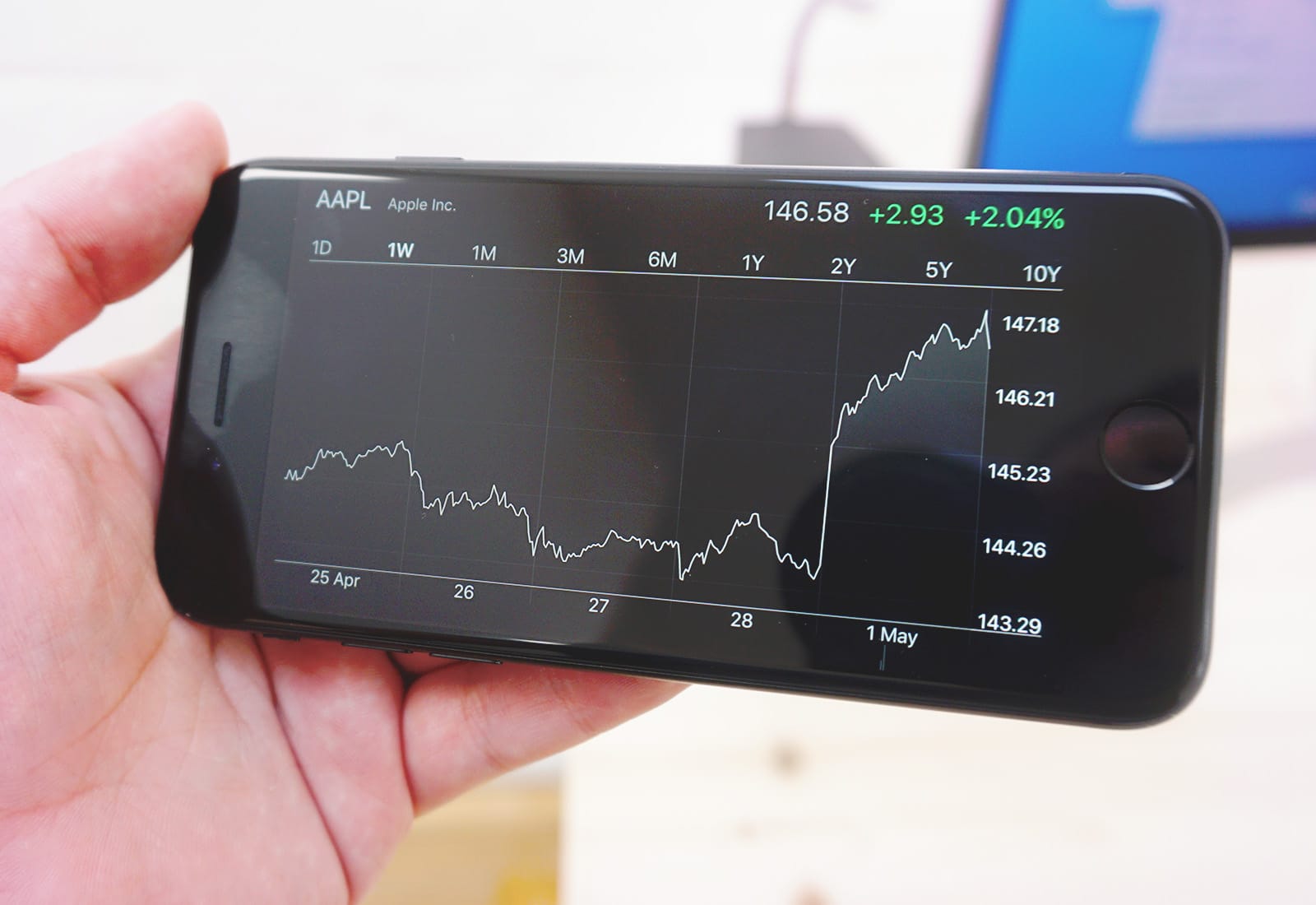Apple’s Q2 earnings report for 2017 just barely beat Wall Street’s expectations when the numbers were revealed this afternoon, but there are plenty of reasons to still be optimistic about AAPL.
During the company’s call with investors today, Apple CEO Tim Cook and CFO Luca Maestri discussed some of the struggles the company experienced last quarter, from slumping iPhone sales to economic headwinds in China.
Here are the biggest takeaways:
Trouble in China
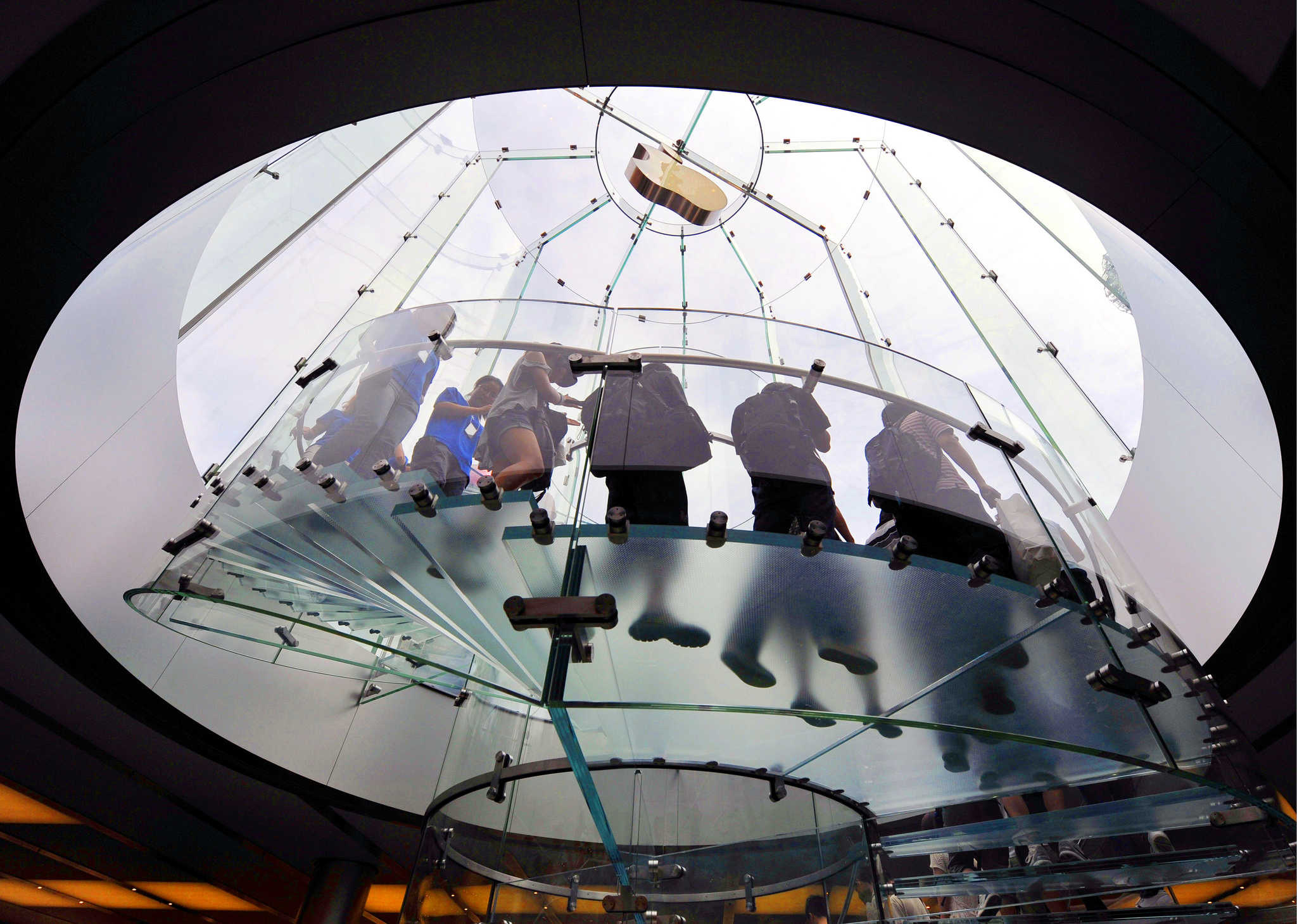
Photo: FullbridgeProgram/Flickr CC
As the world’s second-largest smartphone market, China has been Apple’s go-to country for growth the past few years. Overall, revenue fell in Q2 because the country’s currency got devalued by 5 percent, but Apple says it’s still “enthusiastically optimistic” about doing business in China.
Amid the bad news, some positive signs emerged indicating China could start booming for Apple again. Mac revenue and services both grew in the country. Traffic at retail stores in China grew 27 percent year-on-year. And the country houses seven of Apple’s highest-traffic retail stores.
Ready for India
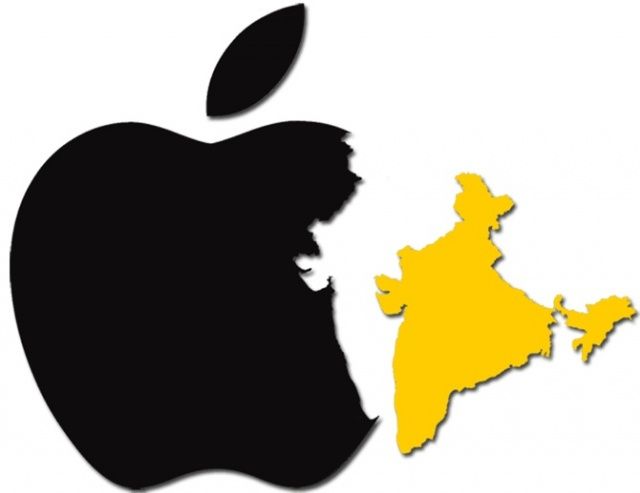
Illustration: Cult of Mac
With the Chinese market souring a bit, Apple is turning its attention to India to spark iPhone sales. It’s the world’s third-largest smartphone market, behind China and the United States.
The biggest problems in India are the local supply sourcing laws and the lack of 4G. Wireless networks just started expanding 4G infrastructure aggressively last year. Once more citizens get covered with fast 4G, Cook says India will represent a “huge opportunity for Apple.”
iPhone supply woes
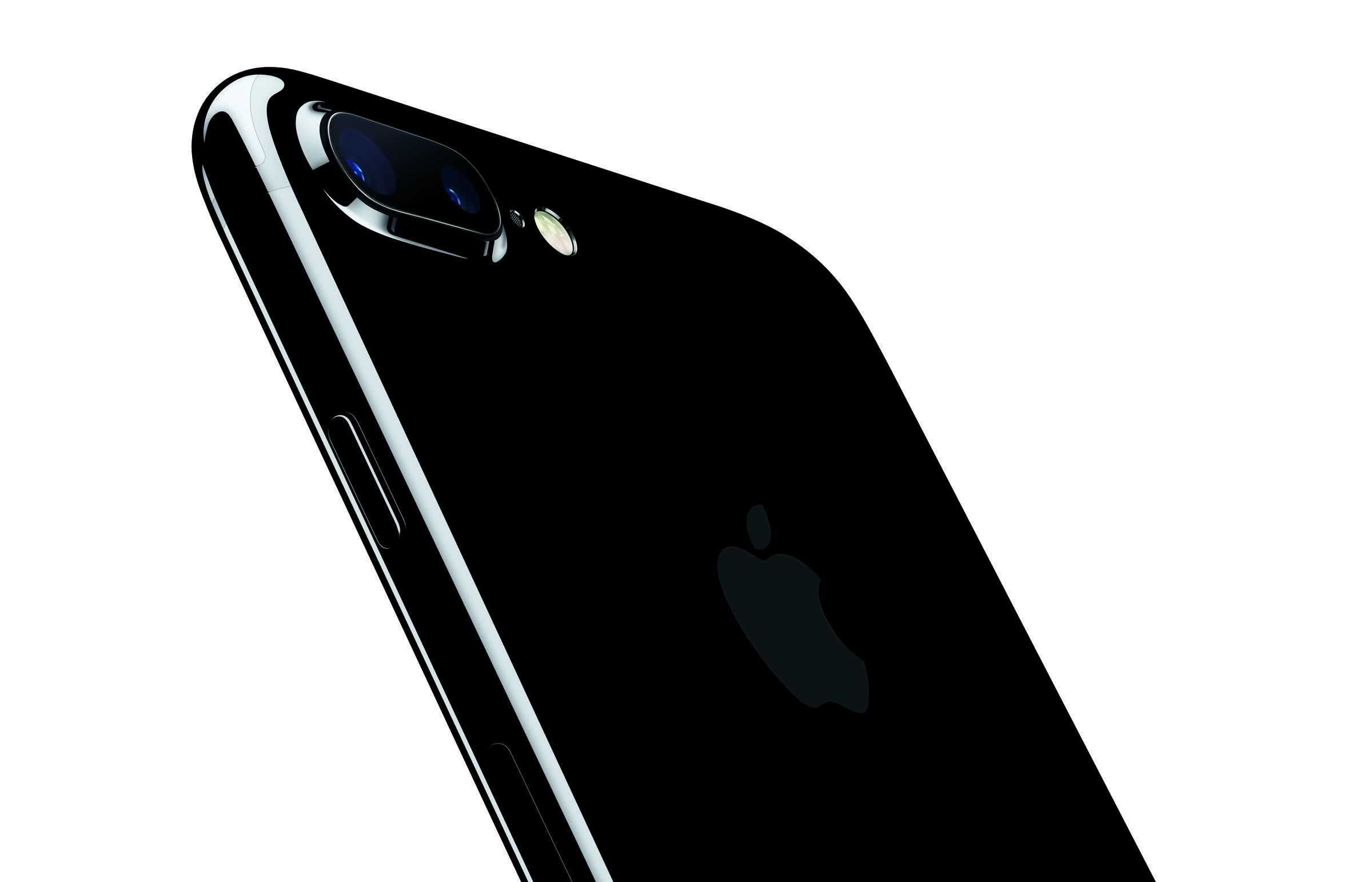
Photo: Apple
Apple saw its iPhone sales dip to 50.8 million in Q2, down slightly from the 51.2 million units it sold during the same quarter last year. Cook admitted that supply chain issues were part of the problem as the company didn’t expect its larger iPhone to be so popular. That’s something Apple will have to fix by this fall if it wants the iPhone 8 to shatter records.
“One thing we did not get right is the mix between the iPhone 7 and iPhone 7 Plus,” Cook said. “Every time we go through a launch we learn something and you can bet that we are brushing up our models and applying everything we learn to the next time.”
Cook also blamed part of the sales slump on iPhone 8 rumormongers like us. The Apple CEO said the company is seeing “a pause in purchases of iPhone,” which he believes is due to the earlier and much more frequent reports about future iPhones.
Mistakes make Apple stronger
After noted supply chain wizard Cook admitted Apple screwed up the mix on the iPhone 7 launch, but he didn’t waste a lot of time turning that negative into a positive.
Tim’s spin? Supply constraints with iPhone 7 Plus and AirPods — which remain unavailable in Apple stores — taught Cupertino valuable lessons. Whether due to Apple pushing a technological envelope so far that vendors can’t produce parts in time, or a flawed estimate about how big orders will be, every supply chain misstep becomes a teachable moment in Cupertino.
“Every time we go through a launch, we learn something,” Cook said. “And you can bet that we are brushing up our models and applying everything we learn to the next time.”
Now that’s wizardry.
Apple Watch and AirPods are killing it

Photo: Apple
Because Apple refuses to release actual Apple Watch sales figures, we still don’t know exactly how well the company’s wearable is doing. But it sounds like Apple Watch is dominating the market.
Revenue generated by Apple’s “other” products category climbed 31 percent. Cook said Apple Watch sales doubled, and that if you created a company selling AirPods, Apple Watch and Beats headphones, it would be a Fortune 500 company.
“We’re really proud of the growth of the business. The Watch units more than doubled in six of our top 10 markets, which is phenomenal growth for a non-holiday quarter,” said Cook. “That business was well into the Fortune 500. That’s pretty fast to come that far. The Watch hasn’t been out that long and AirPods have only been out for three or four months.”
Cook wouldn’t comment on where the product is headed but did say Apple has a “really great pipeline” ahead.
The Apple ecosystem is a massive moneymaker

Photo: Apple
Just like Cook, we never get tired of talking about getting sucked into the Apple ecosystem. After years of selling hardware and software that “just work” together — which Cook repeatedly claims is something only Apple can do — Cupertino is totally reaping the benefits of its ever-expanding platforms.
Apple boasts about having 165 million subscriptions in play. That means services like Apple Music, iCloud storage, etc., generate a constant flow of cash, month after month. CFO Luca Maestri wouldn’t divulge the actual number of subscribers, but said, “It’s very good for us to see the breadth of subscriptions.”
That number continues to grow rapidly, too. As Apple approaches a 1 billion iPhone user base, services will undoubtedly balloon. Essentially, every iPhone or Mac that gets sold pays off twice — first at retail, then as a perpetual moneymaking machine.
“People tend to spend more over time,” Maestri said during the call.
In other words, sheeple mean mad money for Cupertino. And that’s the real power of the vaunted Apple ecosystem.
Apple’s weakest products are getting stronger
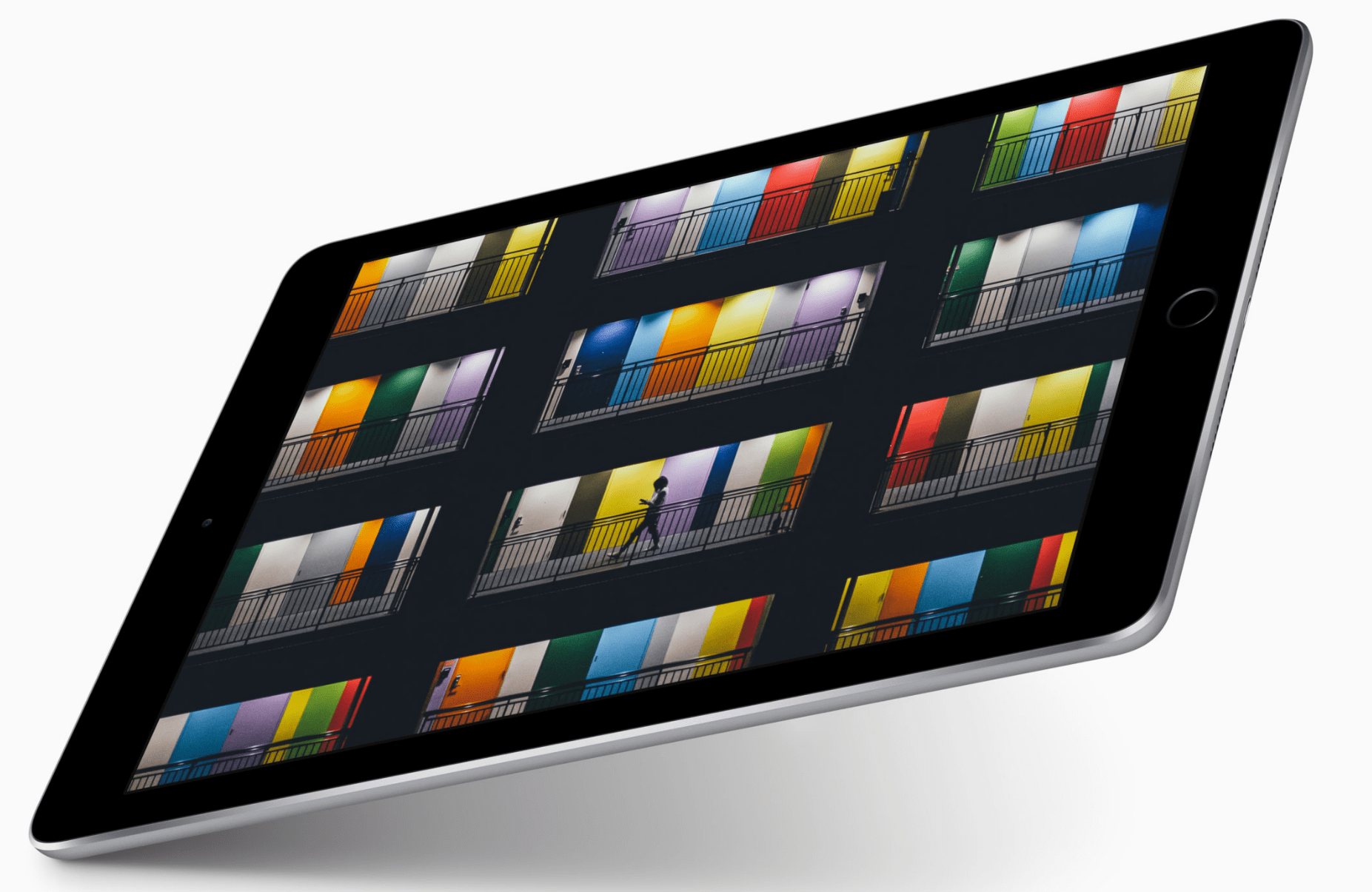
Photo: Apple
Both the Mac and iPad businesses performed better than expected in Q2 2017, with demand for the new MacBook Pro still “very strong,” according to Maestri.
Mac revenue grew 14 percent last quarter, setting a new March record with 4.2 million units sold. That’s thanks in part to demand for the new MacBook Pro, which is still selling well despite complaints from long-time pro users disappointed with the laptop’s shortcomings.
iPad sales fell year-over-year, but Apple saw growth in the U.S. market during Q2. In total, it sold 8.9 million units, beating its own expectations.
Mac revenue totaled more than $5.8 billion last quarter, while the iPad raked in $3.8 billion. They might be two of Apple’s smallest units, but plenty of rivals would be glad to operate those business — and they’re only getting stronger.
Additional reporting by Lewis Wallace and Killian Bell.
